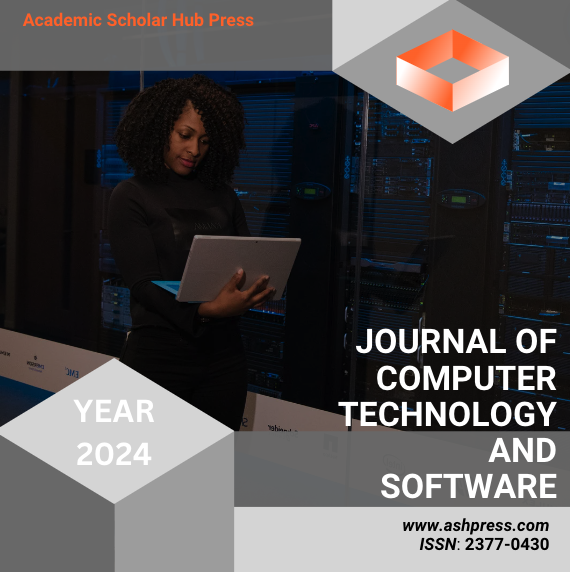Published 2024-10-30
Keywords
- Access control, large language models, context awareness, knowledge graphs.
How to Cite

This work is licensed under a Creative Commons Attribution 4.0 International License.
Abstract
This paper proposes a context-aware fine-grained access control framework based on a large language model. It addresses the limitations of existing access control methods in understanding contextual information under complex and dynamic environments. The method is built on the LLaMA3 model. It encodes user, resource, and context information in natural language format, enabling deep semantic modeling of access requests and dynamic policy generation. To enhance the model's understanding of domain knowledge, an external knowledge graph embedding mechanism is introduced. This integrates structured security knowledge with contextual semantics, improving classification accuracy in long-tail access scenarios. In addition, the system includes an access explanation module. It generates natural language justifications for access decisions, enhancing both interpretability and auditability of the model. Extensive experiments on a real-world platform dataset demonstrate that the proposed method significantly outperforms traditional approaches and baseline language models across multiple evaluation metrics. It shows superior robustness and accuracy, especially in complex contexts and cross-role access scenarios.
